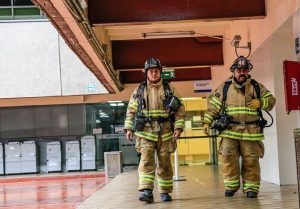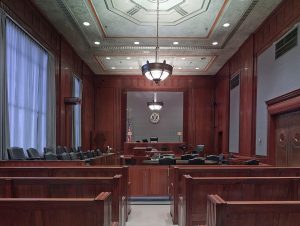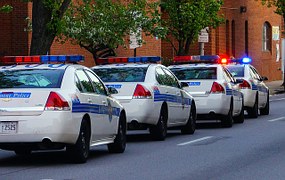 The U.S. Attorney’s Office recently announced that a former dealer at a Maryland casino was sentenced to 18 months in federal prison for his role in a card table scam, which resulted in the casino losing in excess of $1 million. The convicted defendant will be placed on probation after he is released from prison, and ordered to pay restitution totaling $1,046,560. The scam took place at the Baccarat table, where the dealer conspired with players by giving them a glimpse of the cards before they were placed in the shoe to be dealt. The players involved in the conspiracy would then drastically increase their bets when the previously revealed cards were about to be dealt into the game. The government did not state how it caught on to the scam or whether there were any cooperating defendants, but all bets are on camera and large winnings will always be scrutinized by casino security. In this particular case the FBI eventually became involved likely due to the large amount of money that was involved in the conspiracy, and the fact that the scheme took place in more than one county. The defendant admitted that he taught other co-conspirators at a different casino about the scam, and then was paid a percentage of the illegitimate winnings. According to the government to scheme took place from July 2017 to September 2017.
The U.S. Attorney’s Office recently announced that a former dealer at a Maryland casino was sentenced to 18 months in federal prison for his role in a card table scam, which resulted in the casino losing in excess of $1 million. The convicted defendant will be placed on probation after he is released from prison, and ordered to pay restitution totaling $1,046,560. The scam took place at the Baccarat table, where the dealer conspired with players by giving them a glimpse of the cards before they were placed in the shoe to be dealt. The players involved in the conspiracy would then drastically increase their bets when the previously revealed cards were about to be dealt into the game. The government did not state how it caught on to the scam or whether there were any cooperating defendants, but all bets are on camera and large winnings will always be scrutinized by casino security. In this particular case the FBI eventually became involved likely due to the large amount of money that was involved in the conspiracy, and the fact that the scheme took place in more than one county. The defendant admitted that he taught other co-conspirators at a different casino about the scam, and then was paid a percentage of the illegitimate winnings. According to the government to scheme took place from July 2017 to September 2017.
The actual charge the former dealer pled to was conspiracy to transport stolen funds, which is a felony under federal law. The defendant likely would have faced a great deal more than 18 months in prison if he unsuccessfully took his case to trial. Typically when there is a theft or fraud case with a large amount of restitution the judge will take into account that a long prison sentence will negatively impact the defendant’s ability to repay the money to the victim. Some victims will tell the judge their main concern is recovering the stolen money, which usually benefits the defendant. Defendants that are spared a large prison sentence in order to pay restitution may find themselves back before the court on a violation of probation if they do not pay the money. Some judges have reservations about jailing a defendant for failing to pay restitution, but if no effort is made then judges will say they have no choice. The Blog will follow this story and may post another article if there is news from the Greenbelt federal courthouse about any of the co-defendants. The FBI will continue to be involved with fraud cases at the Maryland casinos in order to punish those involved and send a message to future offenders. There are so many new casinos popping up around the country and many can be vulnerable to theft schemes due to inexperienced or improperly trained security staff.
The legalization of casino gambling several years ago has generated hundreds of millions of dollars for the state of Maryland, but there are now numerous criminal cases coming from the numerous casino cases across the state. Maryland Live in Anne Arundel County, MGM in Prince George’s County and the Horseshoe in Baltimore City are the largest and most visited casinos in the state, and also the source of the numerous criminal charges. Casinos take all offenses committed on their property extremely seriously and often have overzealous security staff who are itching to have patrons charged. Benjamin Herbst has represented dozens of defendants charged with crimes at the Maryland casinos, and is available for a free consultation anytime at 410-207-2598. Benjamin has handled casino theft, counterfeit currency, gun possession and trespass charges occurring at the Maryland casinos. He also specializes in federal conspiracy charges, representing out of state defendants, and defendants facing violations of the Maryland Voluntary Exclusion Program.
 Criminal Defense Lawyer Blog
Criminal Defense Lawyer Blog










